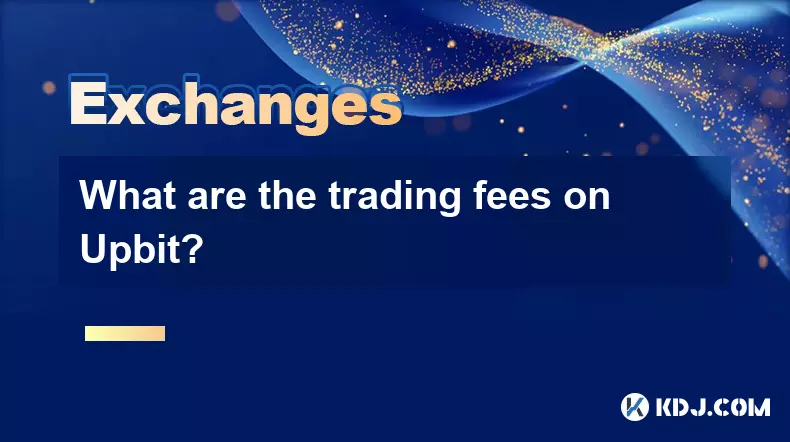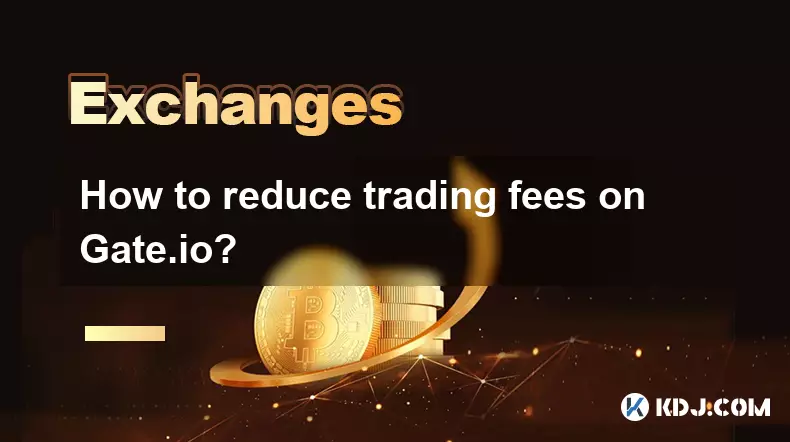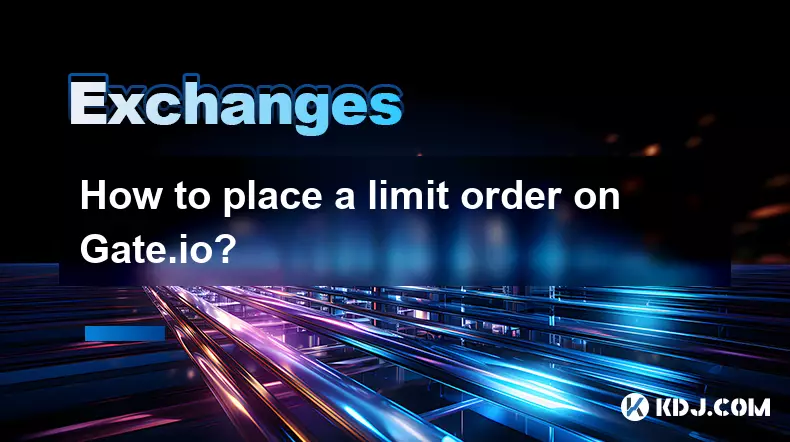-
 bitcoin
bitcoin $116081.691955 USD
0.27% -
 ethereum
ethereum $4718.826985 USD
4.26% -
 xrp
xrp $3.117247 USD
1.97% -
 tether
tether $1.000569 USD
0.05% -
 solana
solana $243.054176 USD
4.43% -
 bnb
bnb $928.830975 USD
2.58% -
 usd-coin
usd-coin $0.999771 USD
0.06% -
 dogecoin
dogecoin $0.279957 USD
6.58% -
 cardano
cardano $0.934111 USD
3.21% -
 tron
tron $0.352358 USD
0.96% -
 hyperliquid
hyperliquid $55.389469 USD
-2.38% -
 chainlink
chainlink $25.141431 USD
2.36% -
 sui
sui $3.750736 USD
1.93% -
 ethena-usde
ethena-usde $1.001249 USD
0.04% -
 stellar
stellar $0.406611 USD
2.17%
What are the trading fees on Upbit?
Upbit charges 0.05% maker and taker fees, with volume-based discounts, withdrawal fees per asset, and transparent tiered pricing for active traders.
Sep 09, 2025 at 09:19 pm

Understanding Upbit's Fee Structure
1. Upbit operates with a tiered fee model based on users’ trading volume over the past 30 days. The more a user trades, the lower their fees become. This system incentivizes active participation and rewards high-volume traders with reduced costs.
2. For regular spot trading, standard taker fees start at 0.05%, while maker fees are set at 0.05% as well. Unlike some exchanges that offer negative or zero maker fees to attract liquidity, Upbit maintains symmetry between makers and takers under its base structure.
3. Users who qualify for higher tiers due to substantial trading volumes can access discounted rates. These reductions are automatically applied and visible in the user’s account dashboard once eligibility is met.
4. Fees may vary slightly depending on the specific trading pair. Pairs involving KRW (South Korean Won) typically follow the standard schedule, whereas crypto-to-crypto pairs might reflect minor adjustments based on market conditions and demand.
5. Upbit does not charge deposit fees for most cryptocurrencies. However, withdrawal fees apply and differ by asset type. These fees are designed to cover network transaction costs and prevent spam transactions on the blockchain.
Trading Incentives and Volume-Based Discounts
1. Traders accumulating over 100 million KRW in monthly volume enter the first discount tier, reducing both maker and taker fees. Higher thresholds lead to progressively lower rates, benefiting institutional and professional traders.
2. The exchange publishes a detailed fee table accessible through its help center. This transparency allows traders to forecast expenses accurately and adjust strategies accordingly.
3. Frequent traders can link their accounts to Upbit’s affiliate programs or partner platforms to gain additional rebates. These arrangements are separate from the core fee structure but contribute to overall cost efficiency.
4. Fee discounts do not apply retroactively. Only trades executed after reaching a new tier benefit from reduced rates. Monitoring real-time volume metrics helps users anticipate when they will qualify for the next level.
5. Corporate and OTC desks may negotiate custom fee agreements directly with Upbit’s business team. These private arrangements cater to large-scale investors seeking tailored solutions beyond public pricing models.
Fees for Derivatives and Advanced Trading
1. Upbit offers futures and leveraged products on select assets, each carrying distinct fee schedules. Taker fees for derivatives generally range between 0.02% and 0.06%, with makers enjoying marginally better terms in certain cases.
2. Funding rates for perpetual contracts are exchanged between long and short positions every eight hours. While not classified as trading fees, these periodic payments influence net profitability and must be factored into strategy planning.
3. Margin trading incurs interest charges on borrowed funds, which operate independently of execution fees. Rates fluctuate based on supply and demand within the lending pool and are updated dynamically.
4. Liquidation events do not carry direct fees, but the forced closure of positions often results in slippage and unfavorable fill prices. Risk management tools such as stop-loss orders help mitigate unintended losses tied to volatile markets.
5. Advanced order types like TWAP or iceberg orders are available to premium users. Access to these features may require minimum balance requirements or verified institutional status, though no extra fees are imposed solely for using them.
Common Questions About Upbit Trading Fees
What is the difference between maker and taker fees on Upbit?Maker fees apply when an order adds liquidity to the order book, meaning it doesn’t execute immediately. Taker fees apply when an order removes liquidity by matching an existing one. On Upbit, both fees currently stand at 0.05% under standard conditions.
Does Upbit charge fees for withdrawing cryptocurrency?Yes, withdrawal fees vary by cryptocurrency and are intended to cover network transaction costs. These fees are displayed before confirmation and can change based on blockchain congestion and protocol requirements.
Are there any hidden fees when trading on Upbit?Upbit discloses all primary fees openly. There are no hidden charges for trading, although third-party services such as wallet transfers or external payment processors may impose their own fees outside Upbit’s control.
How can I reduce my trading fees on Upbit?Increasing your 30-day trading volume unlocks lower fee tiers. Additionally, participating in referral programs or using affiliated broker channels may provide further reductions or cashback incentives.
Disclaimer:info@kdj.com
The information provided is not trading advice. kdj.com does not assume any responsibility for any investments made based on the information provided in this article. Cryptocurrencies are highly volatile and it is highly recommended that you invest with caution after thorough research!
If you believe that the content used on this website infringes your copyright, please contact us immediately (info@kdj.com) and we will delete it promptly.
- Pepe Coin Price Predictions & Remittix Gains: A New Crypto King?
- 2025-09-13 18:45:12
- MUTM Token Surge: Is Mutuum Finance the 2025 Gainer?
- 2025-09-13 18:25:13
- Chainlink, Pi Coin, and Smart Money: Decoding the Crypto Trends
- 2025-09-13 18:45:12
- WorldShards, SHARDS Token, and Bybit: A Web3 Gaming Revolution?
- 2025-09-13 18:25:13
- AI Coins, Cardano, and Market Cap: What's the Deal?
- 2025-09-13 18:30:12
- Dogecoin Rally Incoming? Why Now Might Be the Time to Buy
- 2025-09-13 18:30:12
Related knowledge

How to use stop-loss and take-profit on Gate.io?
Sep 11,2025 at 07:36am
Understanding Stop-Loss and Take-Profit on Gate.ioGate.io is a leading cryptocurrency exchange offering advanced trading tools for both beginners and ...

How to set up an anti-phishing code on Gate.io?
Sep 12,2025 at 04:36am
Understanding Anti-Phishing Codes on Gate.io1. An anti-phishing code is a personalized security feature that helps users identify legitimate emails fr...

How to reduce trading fees on Gate.io?
Sep 11,2025 at 03:55am
Understanding Gate.io Fee Structure1. Gate.io operates on a tiered fee model based on users’ 30-day trading volume and their average GT (GateToken) ho...

How to place a limit order on Gate.io?
Sep 13,2025 at 09:55am
Understanding Limit Orders on Gate.io1. A limit order allows traders to set a specific price at which they are willing to buy or sell a cryptocurrency...

How to create an API key on Gate.io?
Sep 13,2025 at 01:19pm
How to Create an API Key on Gate.ioGate.io is one of the leading cryptocurrency exchanges that offers a wide range of trading tools, including API acc...

How to trade with leverage on Gate.io?
Sep 13,2025 at 02:36am
Understanding Leverage Trading on Gate.io1. Leverage trading allows users to borrow funds to increase their trading position beyond what would be poss...

How to use stop-loss and take-profit on Gate.io?
Sep 11,2025 at 07:36am
Understanding Stop-Loss and Take-Profit on Gate.ioGate.io is a leading cryptocurrency exchange offering advanced trading tools for both beginners and ...

How to set up an anti-phishing code on Gate.io?
Sep 12,2025 at 04:36am
Understanding Anti-Phishing Codes on Gate.io1. An anti-phishing code is a personalized security feature that helps users identify legitimate emails fr...

How to reduce trading fees on Gate.io?
Sep 11,2025 at 03:55am
Understanding Gate.io Fee Structure1. Gate.io operates on a tiered fee model based on users’ 30-day trading volume and their average GT (GateToken) ho...

How to place a limit order on Gate.io?
Sep 13,2025 at 09:55am
Understanding Limit Orders on Gate.io1. A limit order allows traders to set a specific price at which they are willing to buy or sell a cryptocurrency...

How to create an API key on Gate.io?
Sep 13,2025 at 01:19pm
How to Create an API Key on Gate.ioGate.io is one of the leading cryptocurrency exchanges that offers a wide range of trading tools, including API acc...

How to trade with leverage on Gate.io?
Sep 13,2025 at 02:36am
Understanding Leverage Trading on Gate.io1. Leverage trading allows users to borrow funds to increase their trading position beyond what would be poss...
See all articles










































































